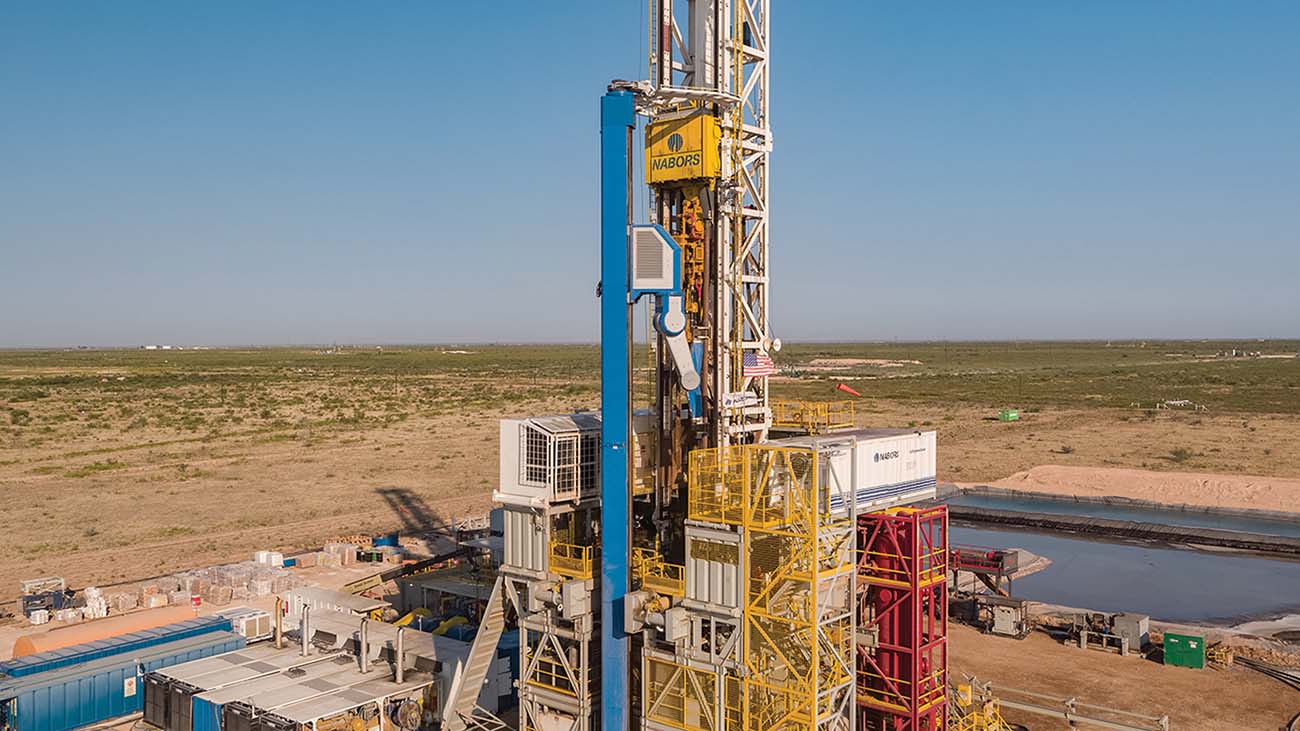In today’s energy landscape, drilling operations are becoming more complex, more unpredictable, and more unforgiving. As we push into deeper, hotter, and more geologically challenging reservoirs, static fluid programs are no longer enough.
Modern wells demand more than pre-job planning—they demand real-time intelligence, adaptability, and engineered precision on the move. At the heart of this transformation is real-time fluid engineering: the convergence of field data, laboratory insight, and rapid-response decision-making.
This isn’t just a service—it’s a strategic capability.
And in dynamic well conditions, it’s the difference between control and chaos.
The Challenge: A Moving Target Underground
Drilling through subsurface formations is not a linear process. Every meter drilled can introduce new variables—pressure changes, temperature spikes, formation fluid influx, lost circulation zones, reactive shales, or contamination events.
Relying on a rigid fluid plan in such a volatile environment can result in:
-
Formation damage from incompatible or unstable fluids
-
Stuck pipe and differential sticking
-
Wellbore instability or collapse
-
Excessive non-productive time (NPT)
-
Blowout risks due to delayed response to kicks or influxes
To operate efficiently, fluids must evolve with the well—not after the well reacts.
The Solution: Real-Time Fluid Engineering
Real-time fluid engineering bridges the gap between static design and dynamic execution. It integrates:
-
On-site fluid analysis and diagnostics
-
Remote monitoring of mud parameters
-
Immediate adjustment of fluid formulations
-
Field-to-lab communication loops
-
Predictive modeling to anticipate downhole behavior
This proactive approach ensures that as the well changes, the fluid changes with it—protecting integrity, minimizing risk, and optimizing performance.
How It Works: Precision in Action
1. Real-Time Monitoring and Data Acquisition
Advanced sensors and digital mud logging units continuously track key fluid parameters like:
-
Density
-
Viscosity and gel strength
-
pH, salinity, and solids content
-
Temperature and pressure profiles
These metrics are analyzed in real-time by on-site engineers and remotely by central support teams.
2. On-Site Adjustments
Field engineers can make immediate adjustments to fluid properties, such as:
-
Adding viscosifiers to improve hole cleaning
-
Introducing lubricants to reduce torque and drag
-
Deploying lost circulation materials (LCMs) during pressure loss
-
Adjusting density to maintain well control in response to formation changes
3. Lab Support and Predictive Response
Partner labs (such as Oilchem’s Drilling Fluids Laboratory) provide:
-
Rapid contamination testing
-
HPHT rheology simulations
-
Compatibility testing with formation cuttings
-
Real-time feedback loops to guide formulation changes on location
Field-Proven Advantages
Real-time fluid engineering delivers measurable value across every key drilling metric:
✅ Improved Rate of Penetration (ROP)
Fluids optimized in real-time minimize drag, reduce vibration, and keep the bit cutting efficiently.
✅ Reduced NPT
Faster, smarter adjustments prevent tool failures, stuck pipe, or loss of circulation.
✅ Enhanced Wellbore Stability
Real-time adjustments maintain downhole pressure balance and prevent collapses or washouts.
✅ Minimized Environmental Impact
Efficient systems reduce over-treatment, fluid loss, and unnecessary waste disposal.
✅ Increased Safety
Proactive well control reduces the risk of kicks, blowouts, or HSE incidents.
The Oilchem Edge: Engineering That Moves With the Well
At Oilchem Drilling Fluids Limited, real-time fluid engineering is more than a feature—it’s a mindset. Our teams combine deep operational experience with advanced fluid systems, laboratory integration, and digital monitoring capabilities to provide:
-
24/7 field engineering support
-
Custom-formulated drilling and completion fluids
-
Fully equipped mobile and central laboratories
-
Intelligent decision support tools for on-the-fly optimization
-
Seamless communication across rig, field base, and HQ
We don’t just deliver fluids. We engineer operational agility in the face of uncertainty.
Conclusion: The Future of Drilling Is Adaptive
Static programs can no longer keep pace with dynamic wells. Operators who continue to rely on fixed formulations and reactive decisions expose themselves to greater risk, higher cost, and lower performance.
Real-time fluid engineering offers a new model: one of responsiveness, intelligence, and precision. It allows teams to anticipate rather than react—to lead rather than chase.
And in this new drilling frontier, precision is not a luxury.
It’s a competitive edge. A safety mandate. A performance guarantee.







